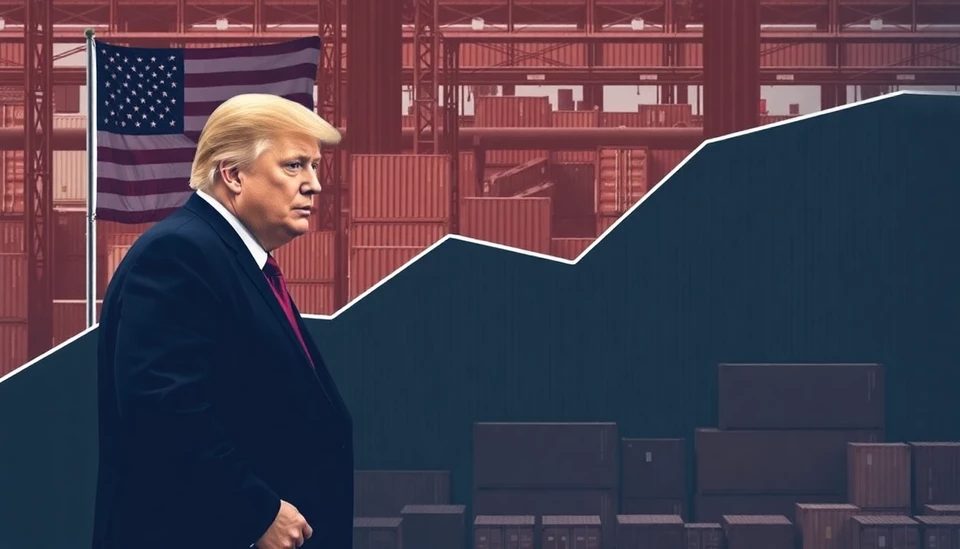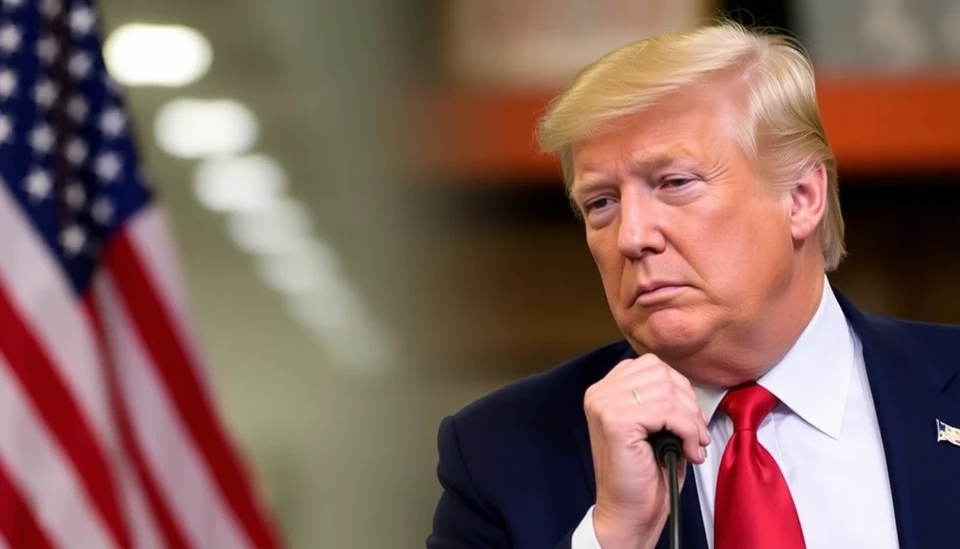
The landscape of U.S. tariffs has remained significantly elevated, even following the pause initiated by former President Donald Trump in 2020. A recent analysis reveals that tariff levels still linger near historical peaks, indicating a more complex trade environment than previously anticipated.
According to data compiled by trade experts, the average tariff rate imposed on imported goods has plateaued at approximately 16.4%, a stark contrast to pre-Trump rates that hovered around 3.5%. This saturation of tariffs is attributed to a series of trade policies instituted during Trump's administration, aimed primarily at protecting domestic industries while addressing the trade imbalance with countries such as China.
Although the tariffs were officially paused, their continued presence poses challenges for U.S. businesses and consumers alike. Companies reliant on imported materials find themselves navigating a labyrinth of elevated costs, which has cascading effects on pricing structures across various sectors. The ramifications extend to consumers, who ultimately bear the brunt of these increased costs through higher prices on a broader range of goods.
Trade analysts are now expressing concern regarding the long-term implications of these historical tariff levels, especially as global supply chains continue to evolve post-pandemic. The elevated tariffs may hinder U.S. manufacturers' ability to compete in international markets, while also inflating costs unnecessarily, prompting calls from various industry leaders for a reassessment of the current tariff policies.
The Biden administration is confronted with the challenge of balancing domestic economic interests with international trade relations as it seeks to navigate the complex ramifications left behind by the previous administration. Discussions around potential reforms or adjustments to the existing tariff structure are ongoing, indicating that the road ahead in U.S. trade policy will not be straightforward.
As stakeholders engage in this critical dialogue, the pressing question remains: How will the U.S. reintegrate itself into the global market while addressing the intricacies of domestic economic protectionism? With the future of tariffs hanging in the balance, businesses and consumers alike are watching closely to see how these decisions will unfold in the coming months.
In summary, the legacy of high tariffs is deeply entrenched in the current U.S. economic environment, underscoring the urgent need for informed policy deliberations that can adapt to the challenges posed by a rapidly changing global trade landscape.
#USTariffs #TradePolicy #EconomicImpact #TrumpAdministration #GlobalTrade #SupplyChain #BidenAdministration #IndustryChallenges #ConsumerImpact #TariffReform
Author: Rachel Greene




